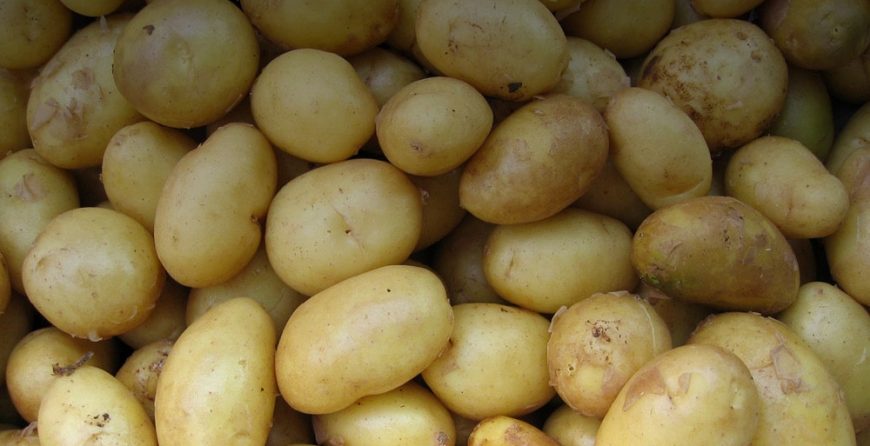 Growing potatoes in your organic garden is not as tricky as you may think it is!
Growing potatoes in your organic garden is not as tricky as you may think it is!
Potatoes originated from the Andes Mountains of South America and do well in the northern portion of the United States and southern part of Canada. Organic gardeners who are located in warmer regions can have success with growing potatoes, the key is to grow them in the early spring, fall, or winter.
If you haven’t planted potatoes before, or if you’re looking to improve your knowledge of the useful spuds, we recommend utilizing the following tips.
Getting Started
Some potato varieties can be grown from seed, however, it’s easier to plant seed potatoes that are disease-free certified. Look for these varieties at your local garden center, online, or in seed catalogs.
Most of the potatoes that you find in the grocery store are chemically treated to prevent the eyes from growing. Potato seeds are treated the same way.
If you’re looking to plant a 100-foot row, you’ll need 5 to 8 pounds of potatoes. Popular varieties include All Blue, Purple Peruvian, Cranberry Red, and Rose Gold.
Maintenance
In order to thrive, potatoes need space, sunshine, and fertile, well-drained soil. They prefer acidic soil as there is a reduced risk for developing the scab disease.
Potatoes can be planted whole, but we recommend cutting them into good-sized pieces that have two or three eyes each. Before placing them into the ground, cure the cut pieces by spreading them out in bright, airy place for at least a day. Wait for them to become slightly dry and make sure the cut areas have hardened. If you live in a wetter portion of Iowa, you should take precaution by dusting the seed potatoes with sulfur, which will prevent rot.
Potato Placement
Of all the plants in your garden, potatoes can be the pickiest about placement. Plant your potatoes in rows that are three feet apart. When placing the seeds, make sure they’re six inches apart and cover them in four to five inches of soil.
Once the vines start to grow, cover the potato seeds with leaves, straw, or organic compost. Doing this will keep the developing tubers covered and protected. You’ll know if your potatoes are doing poorly because the tubers will turn green and you’ll get whiffs of a mildly toxic substance called solanine.
A lot of organic gardeners prefer to plant their potatoes in hills or mulch mounds. If you decide to go the mulch route, you can grow your potatoes in containers like large barrels. This method is technically “dirtless,” which means the clean up is easy.
Potential Problems
Changing climates can cause a lot of problems for growing potatoes. Be on the lookout for speckle leaf, a disorder that shows up as dark splotches on leaves. You’ll also notice sunken areas on the leaf undersides, which is actually caused by an excess of ozone in the atmosphere.
You should also watch out for several pests since potatoes are highly attractive vegetables. Aphids, Colorado potato beetles, flea beetles, and cutworms can do lots of damage to your growing potatoes.


